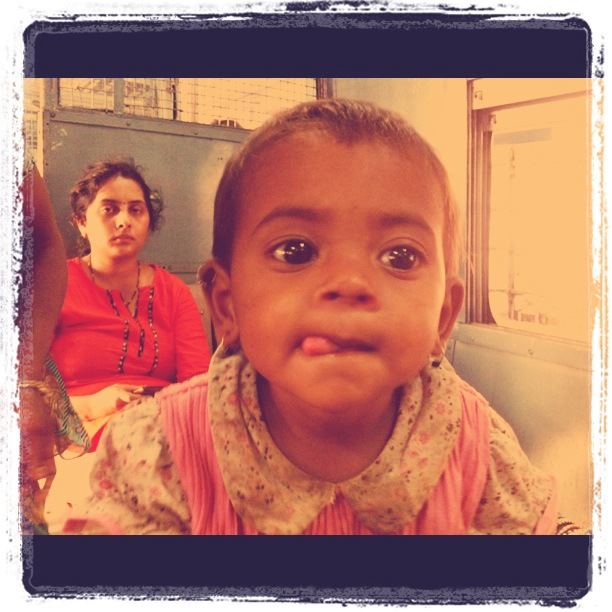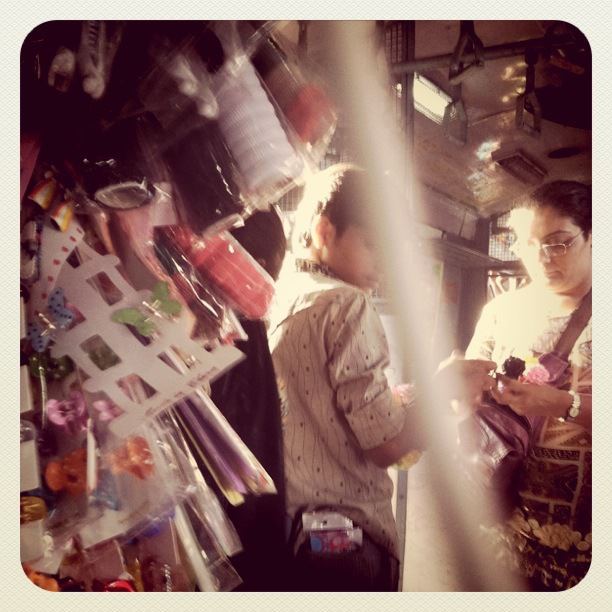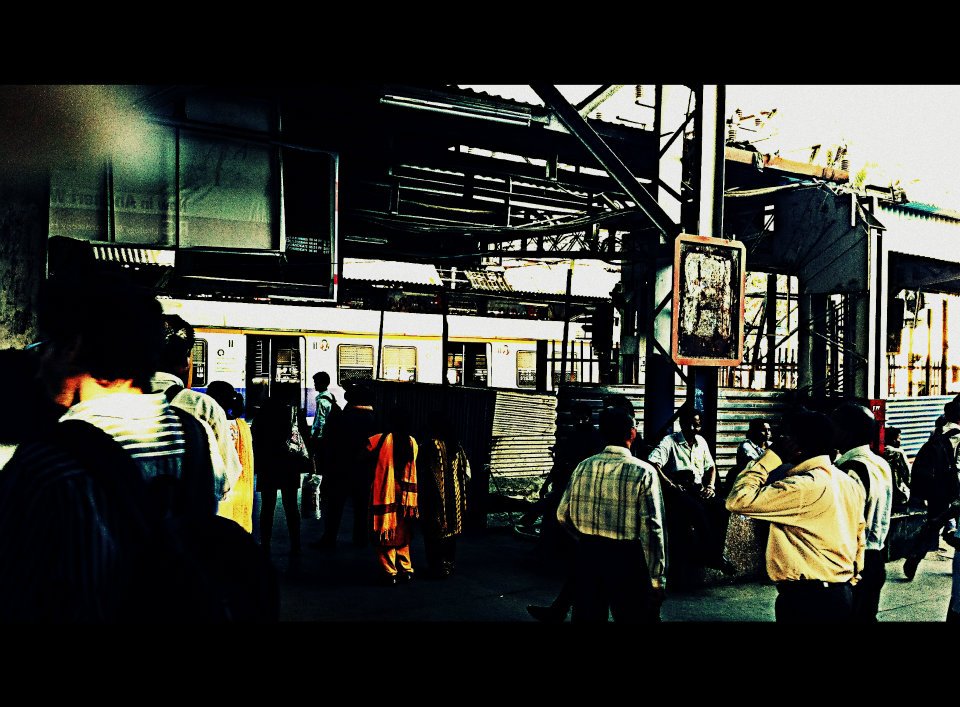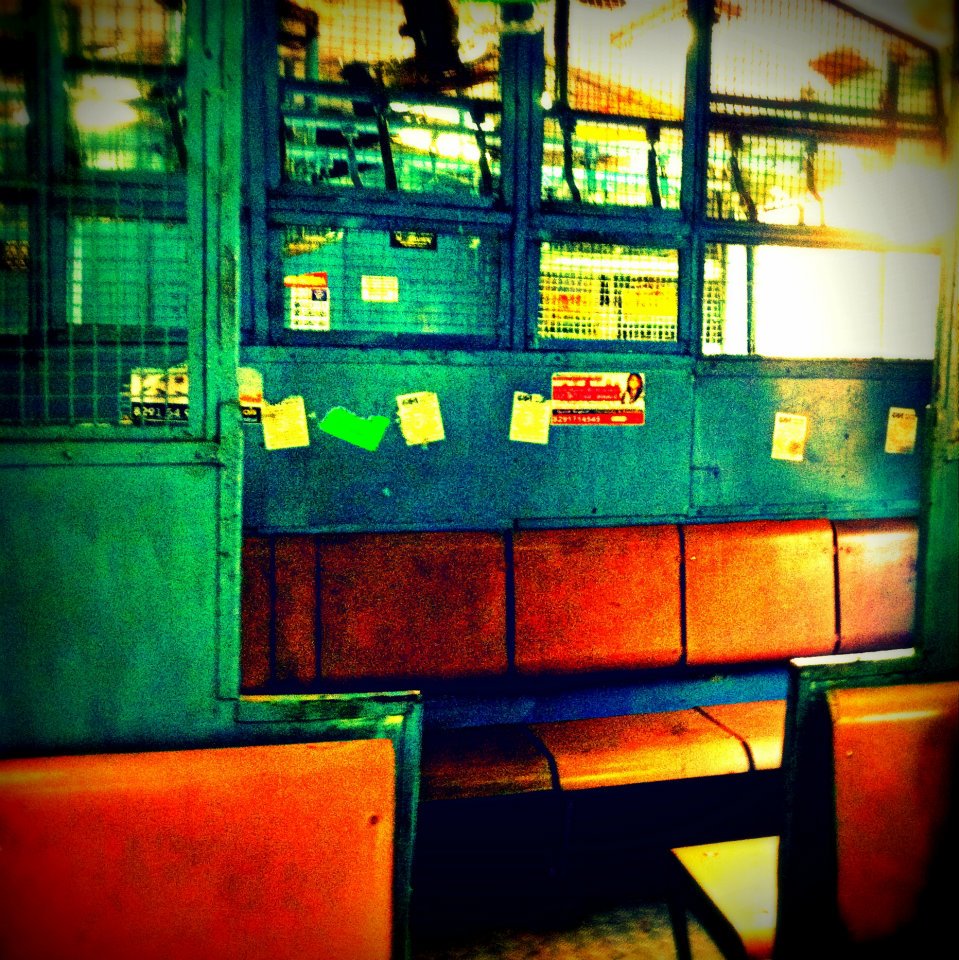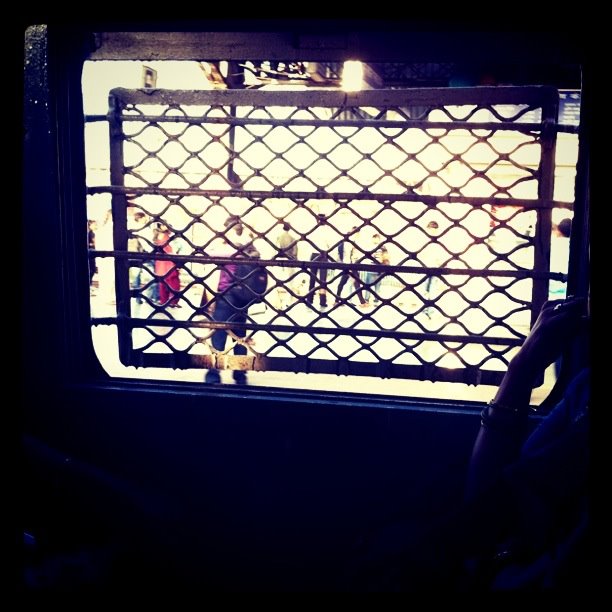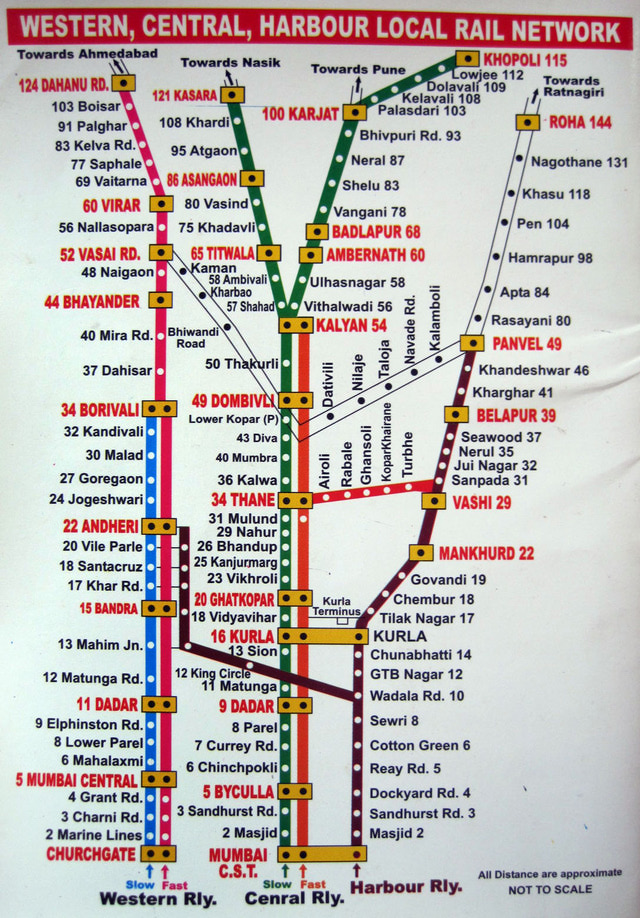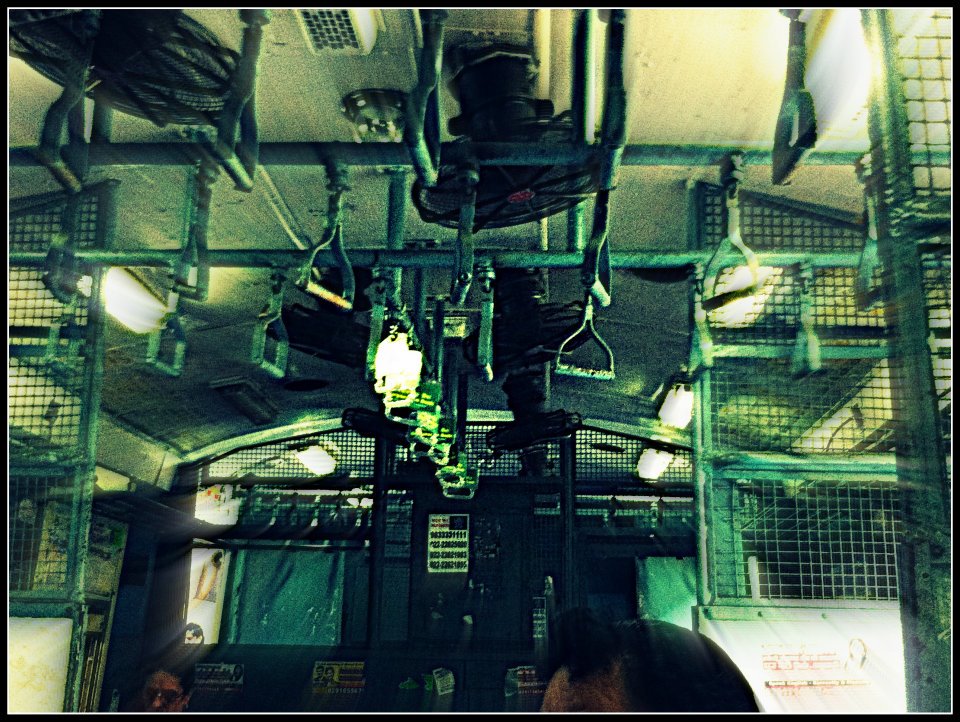So, you are planning to take a Mumbai local train? 😀
Well, be rest assured that you are going to have the time of your life, because it’s a real case of survival of the fittest traveling through a train in Mumbai is one of the most memorable experiences you can have. Trains can be extremely overcrowded, the doors never close and constantly have passengers hanging out of them, and people even travel sitting on the roof. No kidding!
However, if you’re feeling adventurous, don’t miss taking an unforgettable trip on the Mumbai local. (If you need reassurance, I have done it more than once and survived just fine!).
Yes, apart from some of the insanely, misbehaved and obnoxious passengers, traveling in a Mumbai local does give you a glimpse into the daily life of Mumbai. However, if you are first timer, there are a few things you have to keep in mind before you go forward with your trip.
Images – Taken from my Instagram @ritzdotcom
5 Tips For Traveling On A Mumbai Local Train :
1. Get a First Class Pass. You will thank me for this. Okay well, actually a “first class” isn’t a luxurious carriage or anything. It’s just that the price of the ticket is higher and therefore it keeps the majority of passengers out, providing more space. Generally during the peak hours, all the compartments (1st class & general class) are equally crowded. But chances are higher that you might get a place to sit in the first class compartment. Apart from the first & general classes, there are a number of ladies compartments on each train as well which also include general carriages for ladies & first class ladies. The first class compartments are usually stroked orange, so that differentiates them from the rest. Tickets and passes are available at the main entrance of each railway station. And usually there is a sign on the platform indicating where the first class & ladies cabins will pull up, so you just need to patiently wait there. If you are impatient like me,then just ask around but chances are high that people on the platform don’t know sh** & will give you wrong information as there are no such niceties & nobody would really know what you are talking about and you will get lost & tired & frustrated &….
2. Know when to travel. Peak hours are from 8.30 am – 10.30 am & 6.30 pm – 8.30 pm. Unless it’s absolutely necessary, don’t even think about stepping onto a station at that time. Travel during the day, from 11 am until 6 pm to avoid the morning and evening rush hours. Trains are usually empty on Sundays & are usually good for traveling as well.
3. Know where you are going. The Mumbai local has three lines all traveling from the north to the south – Western, Central, and Harbour. I’ve only taken the Western line & from what I hear, it’s the best line to take as it goes through the better areas & has the best services. If you are not sure which route to take, refer to the map below OR download an application called “M-INDICATOR” which provides you all the information with regards to local train routes & timings.
4. Understand the indicators on the monitors. Okay this one’s important – There are many platforms on a typical railway station in Mumbai with no clear information about which train is departing from which platform. So what do you do? Don’t waste your time asking people as I said it’s a mad scramble and people know sh** and you’ll get lost like how I did..
From what I understand, trains going towards the north bound (Andheri, Borivili, Virar etc) will generally stop on Platform 1, and south bound trains (Church gate, CST) will generally stop on Platform 2. I would suggest, first, study the train map clearly and figure out which line (Western, Harbour or Central line) you need to take. Once you know your destination & train line, go to the platform and just look at the overhead monitors. Trains are usually identified by their final destination. Usually, the first letter of the destination will be displayed on the overhead monitors. So for example, if the train is going towards Andheri, there will be a ‘A’ & also, very important, the local trains are divided into two types – either Fast (with few stops) or Slow (stopping at all or most stations). Each can be identified by “F” or “S” on the monitors at railway stations. So depending on your destination, you can choose to save time & take a fast local instead. It’s generally quite empty too.
5. Lastly, keep away from the door, because people sometimes accidentally get pushed out! Get your earphones on, play some nice music & your journey should be a smooth one! Heh..
Okay now that I’ve scared you guys enough, I must tell you that if you want to travel from one end of the city to the other (north/south), there’s no faster & cheaper way to travel than the Mumbai local. Also, what’s the point of coming to Mumbai and not experiencing a slice of life from the city? On trains, you’ll see people from all walks of life – corporate professionals, people from the upper middle class, middle class, vendors, dabbawallas, models (YES models too!) and students etc…. basically, the local train of Mumbai is indeed the life line of Mumbai & you ought to experience it at least once!
